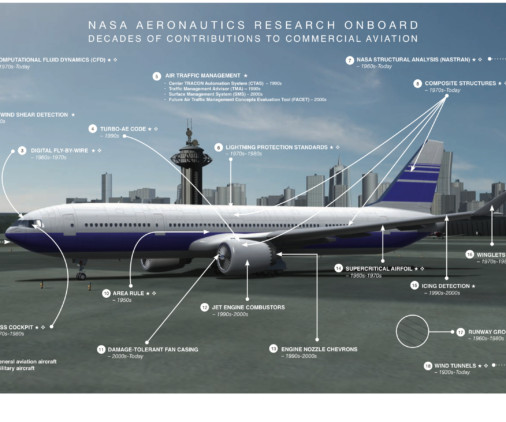Step-by-Step Guide: How to Land a Piper Seminole Safely
Pilot's Life Blog
JANUARY 5, 2025
Review current weather conditions, including wind speed, direction, and visibility, as these can significantly impact the approach. Wind shear, turbulence, or gusty winds can create challenges during the landing phase, so knowing how to adjust for these factors is critical.













Let's personalize your content